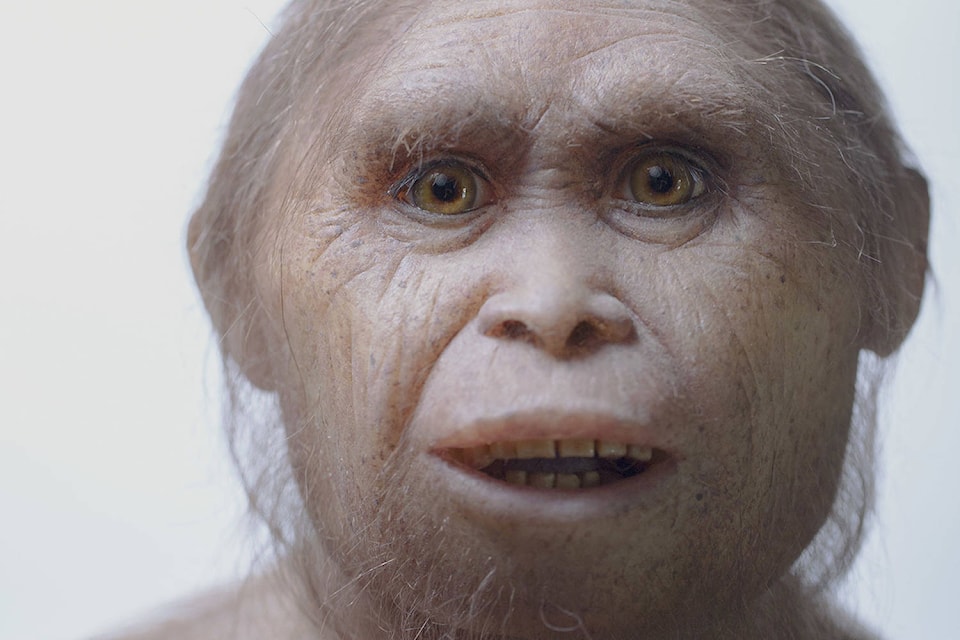Four.
That is the current number of ancient humans, which scientists have discovered this century. The most recent addition to genus of Homo goes by the name of Homo luzonensis after the Philippine island of Luzon, where scientists discovered teeth and bones with the discovery first reported in early April 2019 in the nature Journal.
Homo floresiensis, Denisovans, and Homo naledi are the names of the other human species, which scientists have discovered this century alone. Overall, scientists have identified at least a dozen species of humans outside of Homo sapiens — modern humans — and the scholarship brims with various controversies about their respective relationship with modern humans.
READ ALSO: UPDATED: Ancient B.C. footprints confirmed as earliest known in North America
Broadly speaking, they revolve around whether these other species were direct ancestral species, sub-species or entirely separate species from modern humans. According to scientists, Homo luzonensis co-existed with Homo neanderthalensis — Neanderthals — and modern humans among other human species.
The journal’s lead author Florent Détroit told the Guardian that the discovery provided the “latest challenge to the fairly straightforward prevalent narrative of human evolution.” Traditional accounts date the spread of humans to some 1.5 million years ago, when Homo erectus, left Africa. According to this narrative, future human species including Homo sapiens left Africa several hundred thousand years later.
READ MORE: Ancient fossil discovered off coast of Vancouver Island
“We now know that it was a much more complex evolutionary history, with several distinct species contemporaneous with Homo sapiens, interbreeding events, extinctions,” Détroit told the Guardian. “Homo luzonensis is one of those species and we will [increasingly see] that a few thousand years back in time, Homo sapiens was definitely not alone on Earth.”
Geneticists like David Reich and Johannes Krause continue to supply ample evidence for this theory by sampling the DNA of ancient humans. This scholarship has discovered among other points that all modern non-African human populations carry some genetic traces of Neanderthal, with estimates ranging between 1.8 per cent and 2.6 per cent of DNA inherited from Neanderthals.
READ MORE: Human bones found on Cadboro Bay construction site
This work has also revolutionized human archeology. It has found, for example, that humans of European ancestry actually bear the genetic imprint of three distinct groups: ancient hunter-gatherers by way of Africa with dark skin but blue eyes; lighter-skinned migrants from the Middle East; and migrants from the Ponto-Caspian steppe rimming the Black Sea and Caspian Sea.
More broadly, it has confirmed that the concept of ‘race’ is a social construction rather than a scientific category.
